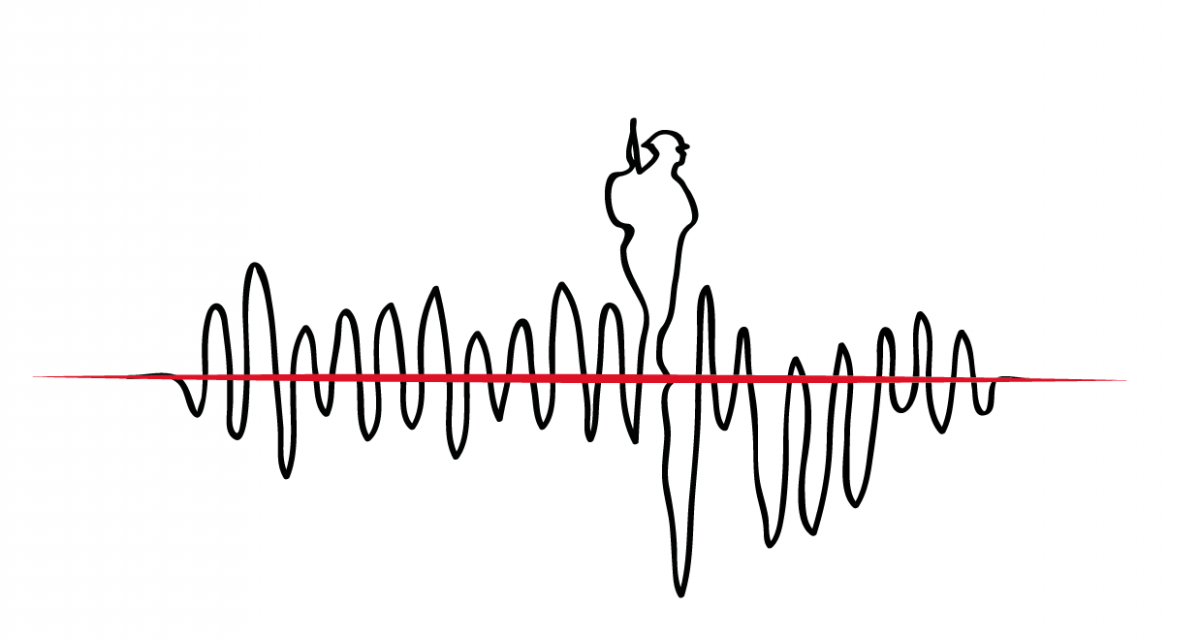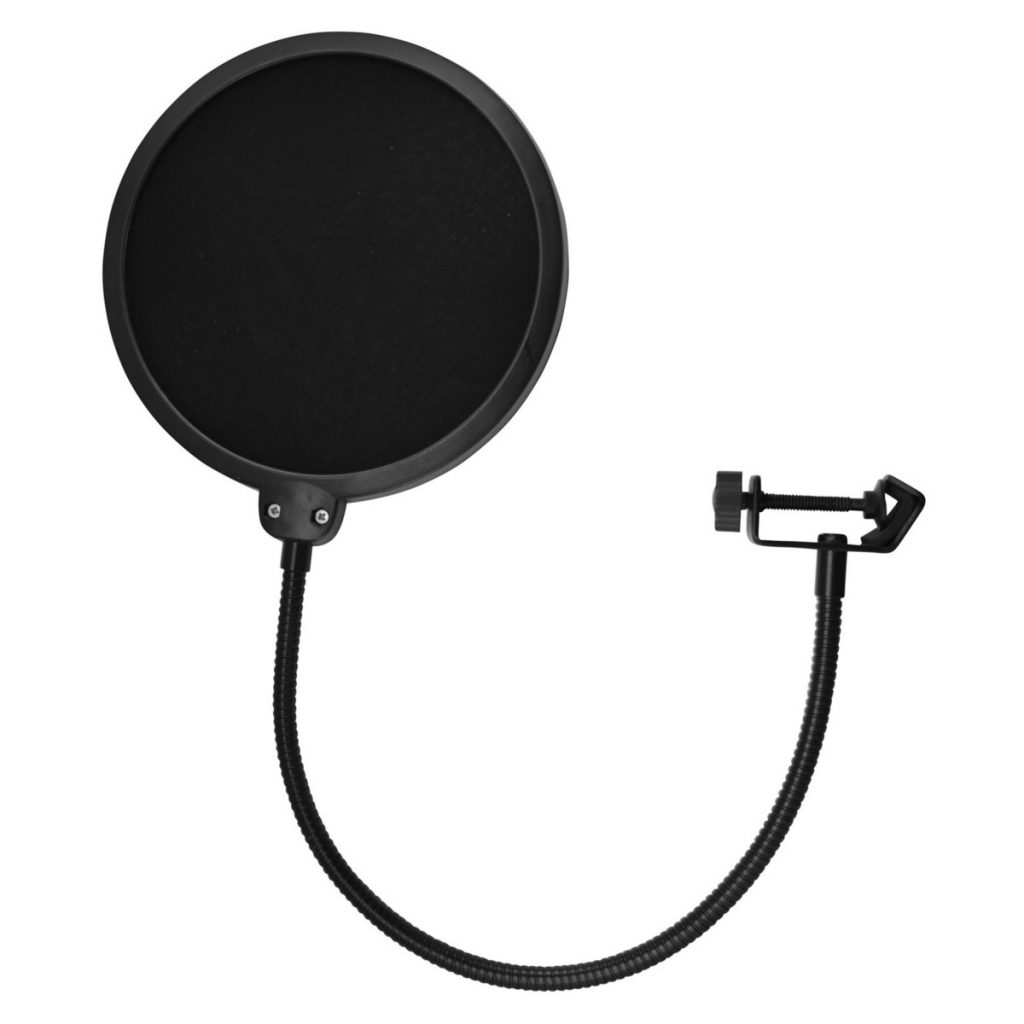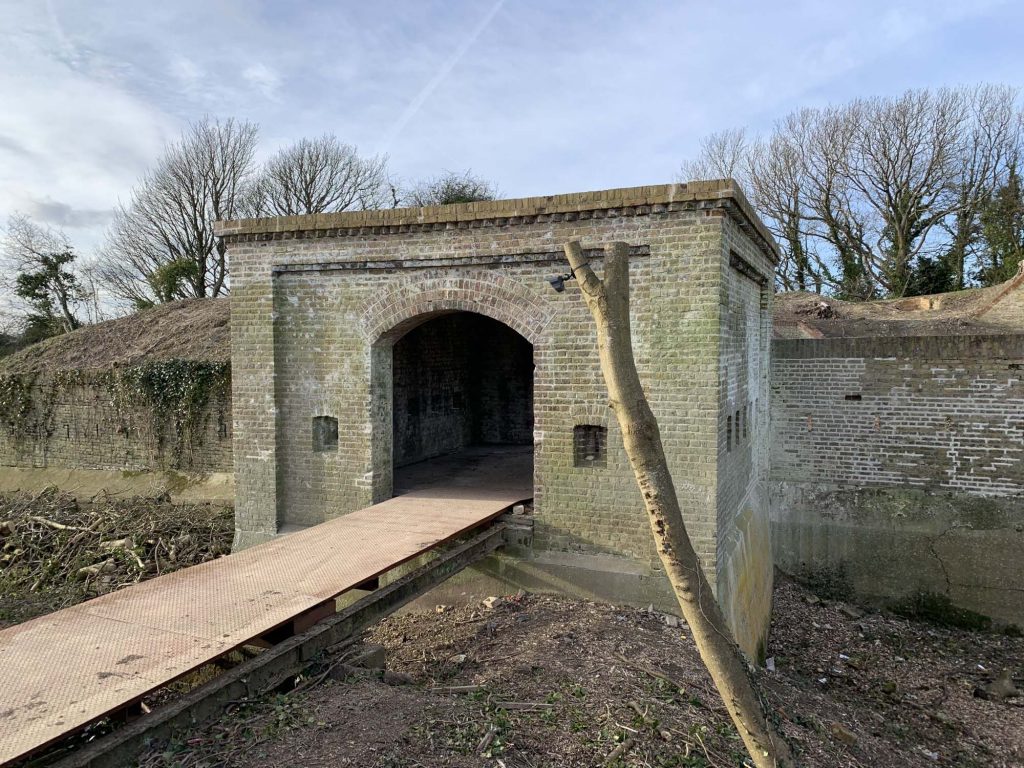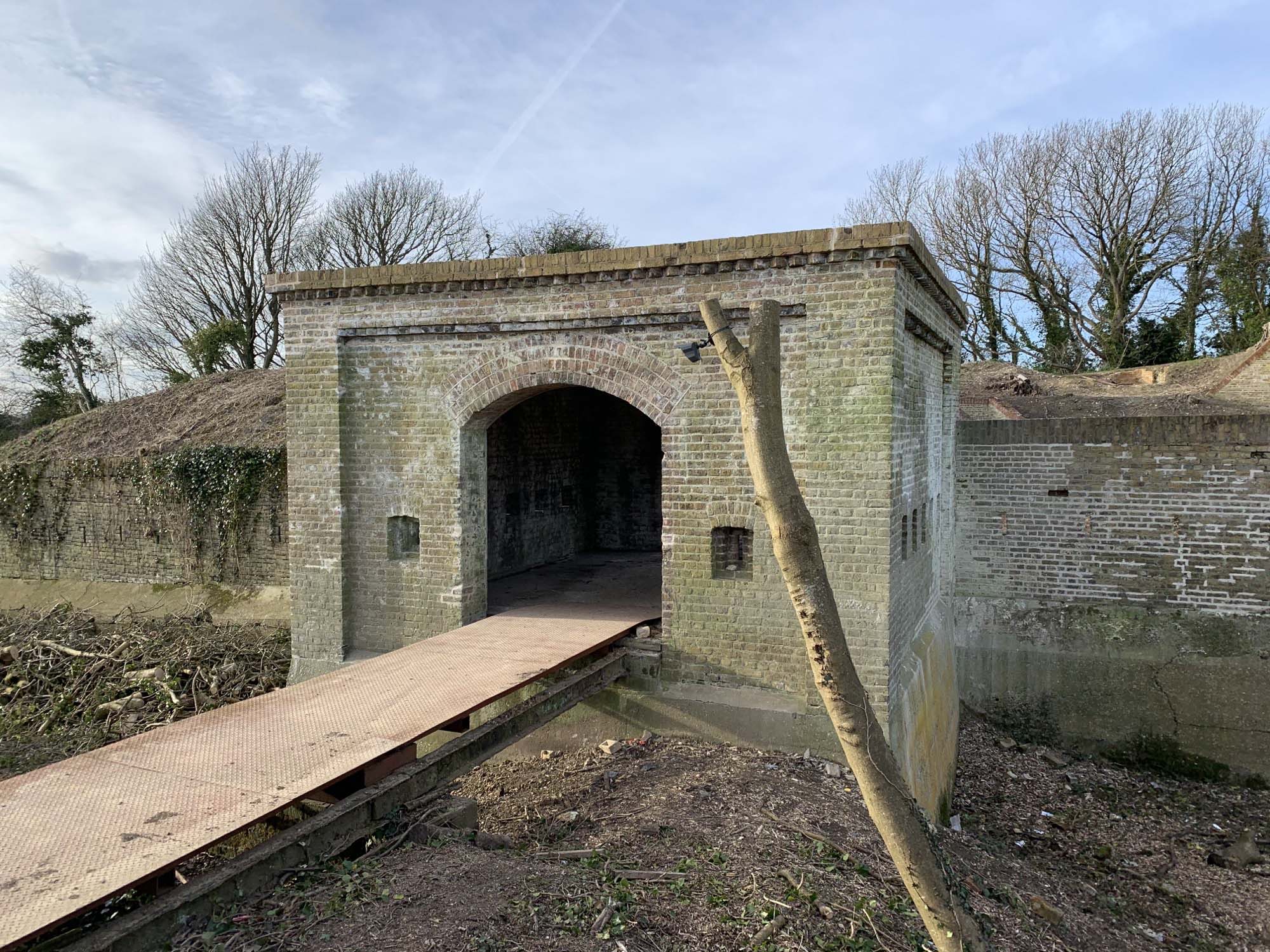I Would Rather Walk With You Participants

Thank you for registering to take part in contributing recordings for I Would Rather Walk With You. This page contains helpful resources to assist you. If you have any questions or would like to chat about your contribution, you can email me on emily@emilypeasgood.com or telephone 07749 115 484.
This web page is a digital version of the information I have emailed you, expanded upon in sections with additional videos and recordings. To download a text version of this web page, download the ‘EXPANDED’ Participation Pack below.
How Do I Take Part?
There are several ways to create and send recordings. Once you have decided the best method for you, I recommend making and emailing yourself a test recording to check it works and familiarise yourself with the process. I do not mind what file format your recording is in (e.g. mp3, WAV, mp4), but if you have the option WAV is preferable. If you cannot find a suitable recording method, please get in touch to discuss other options.
iPhone app: Voice Memo: The built-in Voice Memo app can capture audio very well if you tweak some settings. Go into SETTINGS > VOICE MEMOS > AUDIO QUALITY and change the quality to LOSSLESS. There is a video demonstration of using Voice Memo on the website page, titled: ‘Making and Sending a Lock Down Sound Recording’. Email recordings to emily@emilypeasgood.com.
Android app: Titanium Recorder: Titanium Recorder is a great app for recording. To adjust settings, tap the MENU button (three dots) at the top right of the screen and select SETTINGS. I recommend adjusting GAIN if you need to. Increasing GAIN allows a louder and more detailed recording, which is useful if you are making a quiet recording. Decreasing GAIN is useful for a loud recording, to avoid peaking (distorting). Email recordings to emily@emilypeasgood.com.
Mobile phone Dictaphone & Audio Text Messages: Most mobile telephones have a Dictaphone app. Older phones usually have a Dictaphone feature accessed in the MENU. If you have an older phone, ensure it is possible to email recordings to emily@emilypeasgood.com.
Most smartphones allow you to send recordings as text messages, by pressing a microphone icon near the text message window. Send recordings to 07749 115 484.
Facebook Messenger Voice Messages: Visit my artist page: http://facebook.com/emilypeasgood and click SEND MESSAGE. In the message window, click the + sign in the lower left corner. This will bring up a microphone symbol you can press and hold to make a recording. If accessing Facebook from a laptop, you will need to open the message in the main message window (as opposed to a small tab at the bottom of your Facebook feed) to see the + sign. Feel free to send a test recording (Image below).

WhatsApp voice messages: Add me as a contact on WhatsApp: 07749 115 484. The record function is in the bottom right-hand corner of the message window (Image below). Press and hold the microphone symbol to make a recording. Feel free to send a test recording.

WhatsApp voice messages: Add me as a contact on WhatsApp: 07749 115 484. The record function is in the bottom right-hand corner of the message window (Image below). Press and hold the microphone symbol to make a recording. Feel free to send a test recording.


The 10 Commandments of Recording on a Mobile Phone
The 10 commandments of sound recording provides guidelines in sound recording. It is not necessary you read it - you can just get cracking and head straight to Recordings & Sound effects below. These guidelines are summarised in the Demonstration Videos.
The 10 Commandments for Sound Recording are adapted from Viers (2008) Sound Effects Bible.
2. Slate Every Take

You may be familiar with clapper-boards in the film industry. At the start of each take (recording), a clapper-board is filmed ‘clapping’. It contains vital information about the film take, such as what is being filmed, the director, the camera being used, and the date. Similarly, when recording sound, we should provide as much information as possible about each recording we make. This is called ‘slating’. After pressing ‘Record’, use the following template to slate your recording. For ease of access, a separate slate template has been sent to you and is available on the website.
SLATE TEMPLATE
1. Name of who is recording:
2. Name of what you are recording:
2. Name of the location you are recording in:
3. What device you are using to record with (e.g. mobile telephone, laptop):
4. Where the device is placed (e.g. 2 inches away from mouth):
5. The time of the day:
6. Wait for at least 2 seconds before making your recording.
3. Have A Pre Roll and a Post Roll of At Least 2 Seconds
Pre roll and post roll refers to silence before and after your recording. Often, people start recording immediately after pressing ‘Record’, and press stop immediately after recording. This creates problems as sometimes the start and end are clipped off. When you press ‘Record’, wait for at least two seconds before recording your slate, and again before recording your sound. Similarly, once you have finished recording, wait for at least two seconds before stopping the recording.
4. Record The Room Tone
For each recording location (e.g. the bedroom, the garden), make a 30-second recording of the sound of that location. This is called recording the room tone. You might not hear the tone of your room, but it is unique and helpful for reducing background noise in the recordings you submit. It is helpful to record the room tone first, to get it over and done with. Remember to slate the recording of your room tone! An example is below:
SLATE TEMPLATE
1. Name of person recording:
2. Name of what you are recording: Room Tone
3. Name of the location you are recording in: Jenny’s bedroom
4. What device you are using to record with: My iPhone
5. Where the device is placed: Standing in centre of the room
6. The time of the day: 2pm
5. Make A Separate Recording for Each Take
Unless indicated in the Sound Effect list, ensure each recording is in a separate take with its own slate. Similarly, if you decided to record an object in a different way, do this as a new take with a new slate.Recording lots of sound effects and variations in a single take makes it difficult for me to understand what you are submitting and how to edit it.
6. Check Your Phone Volume
It is important that the sound you record isn’t too quiet or too loud. The best way to monitor volume is to listen back with headphones after making each recording. When a sound is too loud, it peaks and will cause distortion, known as ‘peaking’. If a recording is too loud, you can adjust the overall volume of your phone or app, move further away from the phone, or lower the volume of your voice or sound effect. When a recording is too quiet, it blends with background noise and lacks clarity. In this situation, you can adjust the volume of your device, raise the volume of voice or sound effects, or move closer to the phone. Ideally, you should record as loud as possible without the volume peaking.

Another cause of peaking is when air is blown into the phone. This can happen when speaking closely to the phone, or when recording outdoors on a breezy day. It creates a ‘whooshing’ effect that renders to the recording unusable. A solution is to use a pop shield (Image to the left) to prevent little ‘pops’ and blasts of air. You can create easily make a ‘pop-shield’ out of many items around the home, as demonstrated HERE. You can also make one out of paper, as demonstrated HERE.
When recording outdoors, you might experience wind blowing into the phone. I recommend recording at a different time when the wind is more favourable, finding a more sheltered spot, or altering your position. Usually, outdoor recordists use a furry windscreen placed around the microphone (you may have seen them on the TV during news casts), but they are less compatible with mobile telephones.
7. Point The Phone At The Sound
The microphone in your phone will make a good recording when positioned correctly. First, we need to learn where the microphones are located. There is usually one microphone at the bottom of the handset where you speak, which I call the ‘speaking mic’, and sometimes an additional microphone by the camera. When recording, make sure your fingers or phone case are not touching or obstructing the microphones.
If you hold the phone at the sides, you should avoid touching the microphones. For standard speaking volume, position the speaking mic approximately 2-3 inches from your mouth. If using a laptop, sit directly in front of it. For louder calling or shouting, place the phone on a surface that is a similar height to your mouth or the object you are recording. Your phone should be on its back with the speaking mic closest to you. Experiment with distance if the recording is too loud or quiet. If you are recording someone passing by (e.g. walking and whistling), place the phone central to both directions: do not follow them with your phone.
8. Don't Interrupt A Take
Once you press RECORD and are in the middle of a take, let the take happen naturally. Avoid making changes to the location, placement of the phone, volume etc. If you want to make a change, finish the take you are doing, then do another with a new slate explaining what you are doing.
9. Listen To Recordings With Headphones
Microphones hear sound in a very different way to our ears. Listening back to recordings on headphones or ear buds is the best way to hear what the microphone hears. This is called the true sound, and it isn’t possible to achieve by listening through phone speakers. If on listening back you think you can record more clearly, do the take again, with a new slate.
Headphones are another way to check if the volume of your recording is too loud or quiet. If on turning the phone volume up, the recording sounds ‘distorted’, it is worth recording again with some adjustments. If the recording is too quiet, you will hear a lot of background noise when you turn it up. Again, it is worth recording again with some adjustments.
10. Record More Than You Need / Diversity
There is no such thing as too many recordings. It’s great to provide variety, and some recordings might not be usable for a several reasons. In this case, I can select your ‘best take’.
Sound recordists refer to extra recordings as ‘Safety takes’ as they are there, just in case.
If you can offer variety, please do so. Variety can be created by recording the same spoken sentence or sound effect:
- In different rooms;
- With different lengths, e.g. do some long and some short takes;
- With different impact, e.g. do some quieter and some louder;
- With different speed, e.g. do some quicker and some slower;
- With the phone in different places, e.g. close to you, and further away.
Send me every take you record, even takes you think are PANTS. I want them all!
Demonstration videos
Choose the best room to record in:
Watch me record sound effects:
Recordings & Sound Effects
Recordings and Sound Effects
There is a wide selection of categories and sound effects to choose from. You can record one, some or all. If you have visited Fort Burgoyne/the West Wing Battery before, I am very interested in hearing your responses to the Questions. I am also interested in hearing your own ideas for each category. If there are any sounds or sentences you feel might have been heard at the West Wing Battery throughout its history, please do record them. This is intended as a guide, and your contributions are equally valuable, if not more so.
2. Voice Acting: Scripted Sentences
Say the following sentences in your regular speaking voice. Some tips about the emotion I’d like you to convey are included in brackets at the start of each sentence. If you have visited the West Wing Battery, please feel free to add a new sentence about your experience there.
Recording tips: Say each line in a new recording. Ensure each recording is slated with a description. E.g. for the first sentence, the slate might be: ‘Saying: ‘I would rather walk with you’’. I’d like these recordings to sound intimate, like you are close by. To get this effect, I recommend placing the phone 2-3 inches from your mouth. You might want to fashion a ‘pop-shield’ if you can hear air blowing into the microphone. Listen back through headphones to check the volume, and make another take if necessary or to provide variety.
- [Serious/thoughtful] I would rather walk with you in the dark than be alone in the light.
- [Serious] We are standing where other people haven’t been for a long time.
- [Wonder or excitement] It feels like a secret garden!
- [Amazed] It’s like a secret world to take refuge in.
- [Thoughtful] A beautiful place, secret and quiet, with so many layers of history.
- [Add your own sentence]
3. Voice Acting: Imagination Scripts

On the Gatehouse
Imagine you are standing at the top of the Gatehouse above, looking down on people approaching the bridge into the Battery. Call out the following short words/phrases.
Recording tips: As calling is loud, place the phone further away from you, ideally at chest or mouth height. Experiment with different distances to avoid distorting the recording, starting with 2 meters away.You can record these words/phrases in two ways:
1. All words/phrases in a single take with a 2 second gap between each. In your slate, I would suggest saying something like: ‘On the Gatehouse, all the words’ or ‘Training Drills, all the words’.
2. Each word/phrase as a separate recording, but said in several different ways. Slate each recording. E.g. for ‘Hello!’ the slate would simply be ‘Recording ‘Hello!’’.
Listen back through headphones to check the volume and make another take if necessary, or try saying the words differently.
- I’m the King of the Castle! You’re the dirty rascal!
- Hello!
- On guard!
- Everyone is welcome here!
- I’m Commanding Officer [your name]
- Who goes there?
- Are you ready?
- [Call your own name]
- Over the top!
- To the rear!
- To the side!
- To the right!
- To the left!
Do you have any suggestions to add to this list?
Training Drills
These words are from training drills in 1877. You can find out more information here. Every command must be loud, and distinctly pronounced, ideally at the same pitch.
| Stand at ease | Eyes right | Right hand | Front |
| Stand easy | Eyes left | Left hand | Forward |
| Attention! | Eyes front | Right | Rear |
| 1! 2! 3! | Right turn | Left | Quick march |
| Order | Left turn | About turn | Slow march |
| Open | Halt | Incline | Double march |
| Close | Company Halt! | By the right | |
| Dismiss | Incline | By the left |
Do you have any suggestions to add to this list?
4. Sound Effects
You can record these indoors and outdoors to provide variety: one location, or both!
Recording tip: Make a new recording for each sound effect. Ensure you slate it with a brief description, and record for at least 20 seconds. Longer takes are better for movement effects. Listen through headphones to check the volume and make another take if necessary or for variety. As each recording varies, suggestions on phone placement are below.
Movement sound effects
These effects benefit from varied approaches. For walking, marching and stamping, vary surfaces e.g. gravel, carpet, tiles, wood, a creaky staircase. Vary shoes: clogs, boots, wellies.
| Children playing Victorian games in the garden (e.g. skipping rope, yo-yo, marbles, etc.) | Phone placement as high as possible. 3 feet is ideal. No garden? Try placing the phone in different locations. Recording indoors. |
| Children playing Chevy/Prisoner’s base | This is an old Victorian ’tag’ game, where the child must get to ‘base’ without being caught. When they get to base, they shout ‘prisoner’s base!’ When they are caught, ‘Chevy!’ is called, instead of ‘tag’. Record as above. |
| Walking and whistling | Phone placement: central at waist height. If someone is holding the phone for you, they should keep it in the exact same position and avoid following you with it as you walk by. This will give a ‘passing by’ effect. |
| Footsteps walking by / Marching by / Marching on the spot / Stamping / Running | Phone placement: central and near to the ground. Record with the phone central, and quite near to the ground. If someone is holding the phone for you, as them to keep it still and not follow you. This will give a ‘passing by’ effect. |
Do you have any suggestions to add to this list?
Human sound effects
As these effects are recorded at close range, avoid recording right after eating a meal or drinking fizzy or sugary drinks, as it can coat the mouth and create wet smacking sounds when the mouth is opened and closed. These effects might benefit from a pop shield. Some tips on phone placement are below:
| Laughing and giggling | Experiment with how far away the phone should be, so the volume isn’t too loud. |
| Quiet giggling | Place the phone 2-3 inches from the mouth |
| Ssssh | Try saying this in different ways: urgently, gently, like an angry librarian, or a cheeky child trying to avoid being caught doing something naughty! |
| Chatting about day to day activities | Chat away about your day to day activities. If there are two men in your household, I’d love a conversation of men chatting away. Women are invited too, of course! |
Do you have any suggestions to add to this list?
Other/Object sound effects
| A belt snapping together | Fold the belt, and make a snapping sound however you see fit. Phone placement: level with belt. Record with the volume as high as possible, without peaking. Try doing a version from a distance too, in a new take. | |||
| A car driving by | If safe, record from the side of the road. Keep the phone waist-height and central. To create a ‘passing by’ effect, keep t he phone still and avoid following the car. I will edit this sound to create the hum of a ‘barrage balloon’. Airplanes will work too. | |||
| A match being struck | Record as close to the phone as possible. | |||
| Rain | If you have a garden and a hose, rain can be captured by spraying it on different surfaces: the side of the house, concrete, brick, shingles, grass. Keep the stream steady and constant and try to record for at least 30 seconds. Record each surface on a different take. Place phone central and higher than the hose. Avoid spraying your phone! | |||
| Banging a drum | If you don’t have a drum, can you find something else to record that sounds like one? Sometimes banging a wooden spoon on a book creates a similar effect. Get experimental! Phone placement: level with object. Record with the volume as high as possible, without peaking. Try doing a version from a distance too, in a new take. | |||
| Polishing shoes | If you have a shoe brush, have a go at this exercise, without the polish (unless they need a good clean!). Alternatively, try a hand scrubbing brush or even the dish scrubber. Record as close as possible, without peaking. |
Do you have any suggestions to add to this list?
Songs
The first two songs are suitable for children. The remaining songs are for adults, but can be sung by younger people if they’d like to have a go.
Recording tips: Record each song in a new recording. Ensure each recording is slated with a description. E.g. ‘Pop Goes the Weasel’. Phone placement can vary: 2-3 inches from your mouth, one metre away, or two metres away. It would be good to have variety. You might want to fashion a ‘pop-shield’ if you can hear air blowing into the microphone. Listen back through headphones to check the volume, and make another take if necessary, or to provide variety.
Here's A Prisoner We Have Got
This song originates from the 1800s or earlier. The lyrics are edited to compliment Fort Burgoyne’s history, when in WW1 conscientious objectors were imprisoned there. A haypenny is a halfpenny, a coin that was used during WW1.
The melody for this song is lost in time. Can you make one up?
Here’s a prisoner we have got,
We have got, we have got,
Here’s a prisoner we have got
My fair lady
What’s the prisoner done to thee ...
He would not go to war ...
One half crown will set him free ...
I only have a hay penny ...
Away to prison he must go ...
I've Been To France and I've Been To Dover
This short song was collected by Percy Merrick in Shepperton, Sussex, in 1899.
I’ve been to France, and I’ve been to Dover
I’ve been a rambling all the world over.
Over, over, over, and over,
Drink up your liquor and turn the bowl over.
A Sailor From Dover
This song was first collected by Cecil Sharp in Muchelney Ham, Somerset, in 1904. It likely is considerably older, as folk songs take decades to travel further afield. This version was recorded in 1911 in Minehead, Devon by a B. Slade, as performed by a Captain Lewis.
V1
A sailor from Dover, from Dover he came.
He courted pretty Sally, pretty Sally was her name
She being so proud and lofty and her passions being so high
That she on a sailor would scarce cast her eye
V2
Oh Sally love, oh Sally love, oh Sally love, said he
I fear that your false heart – it will my ruin be
Unless that your hatred should turn all into love
I’m sure that your false heart will my ruin my prove
V3
My hatred’s not for you and is among other men
But to say that I love you is more than I can
So keep your inclination love and mind your own discourse
For I never intend to marry you unless that I’m forced
V4
When six months were over and almost gone and passed
This beautiful young maiden grew lovesick at last
She grew so sick in love that she could not tell for why
She sent for the sailor of whom she had denied
V5
Oh, am I the young man that you wished to see?
Or I am a doctor that you send for me?
Oh yes! You are the doctor that can either kill or cure
The pain that I feel my love is hard to endure
V6
Now don’t you remember when I first went to sea?
And don’t you remember how you slighted me?
So now my pretty Sally and as long as I as can breathe
I’ll dance and sing all on your grave while you lie underneath!
The Volunteer Revue At Dover (All The Girls of Dover Town)
This song was collected by Mervyn Plunkett in the late 1950s. However, there is evidence it has more distant origins, and I have edited the lyrics to reference to the Volunteer Revue’s that took place at Fort Burgoyne in the late 1800s.
The melody for this song is lost in time. Can you make one up?
V1
All the men at Dover Town
Have thrown their tools and work clothes down
To swear to go and serve the town
At the Volunteer Revue in Dover
V2
All the girls of Dover Town
Have thrown their brooms and dustpans down
To swear to go and cheer the town
At the Volunteer Revue in Dover
V3
Young and old will tell you true
The soldier, snob, and the tailor too
Fort Burgoyne is the way to go
At the Volunteer Revue in Dover
V4
Watch the Volunteers parade
See the sortie and the raid
The skill of three thousand men displayed At the Volunteer Revue in Dover
In Dover Town Where I Was Born
This short song was collected by Cecil Sharp in Cannington, Somerset in 1907, as performed by a Bill Bailey! The words are unclear in places and the melody is cumbersome. Can you create a new melody that flows a little better?
In Dover Town where I was born, and a […] my trade O
I married a girl called Peggy Brown and she was a pretty little maid O
She’s a um-one-fal-the-diddle di-do
She’s a um-one-fal-the-diddle-du





Leave a Reply